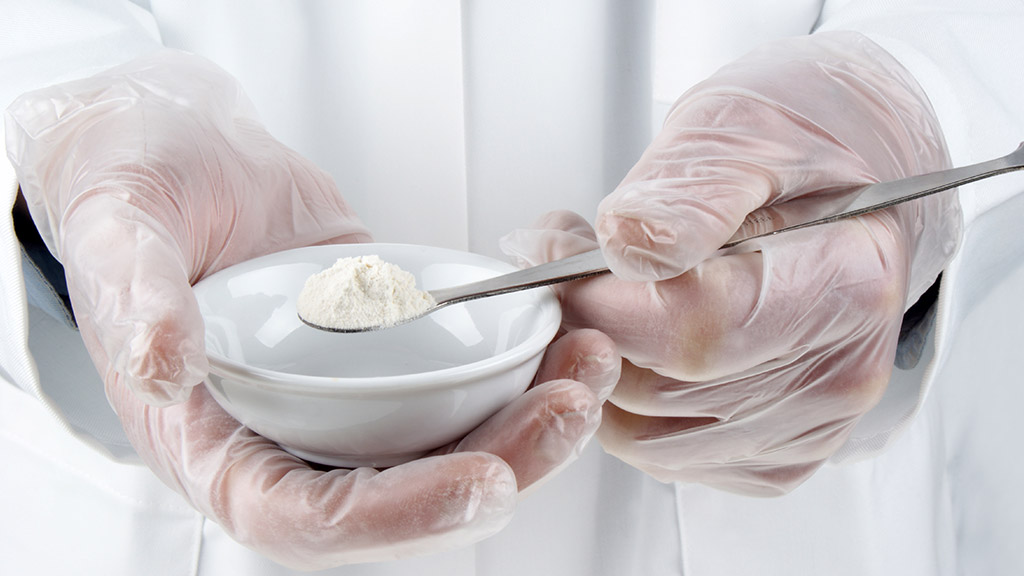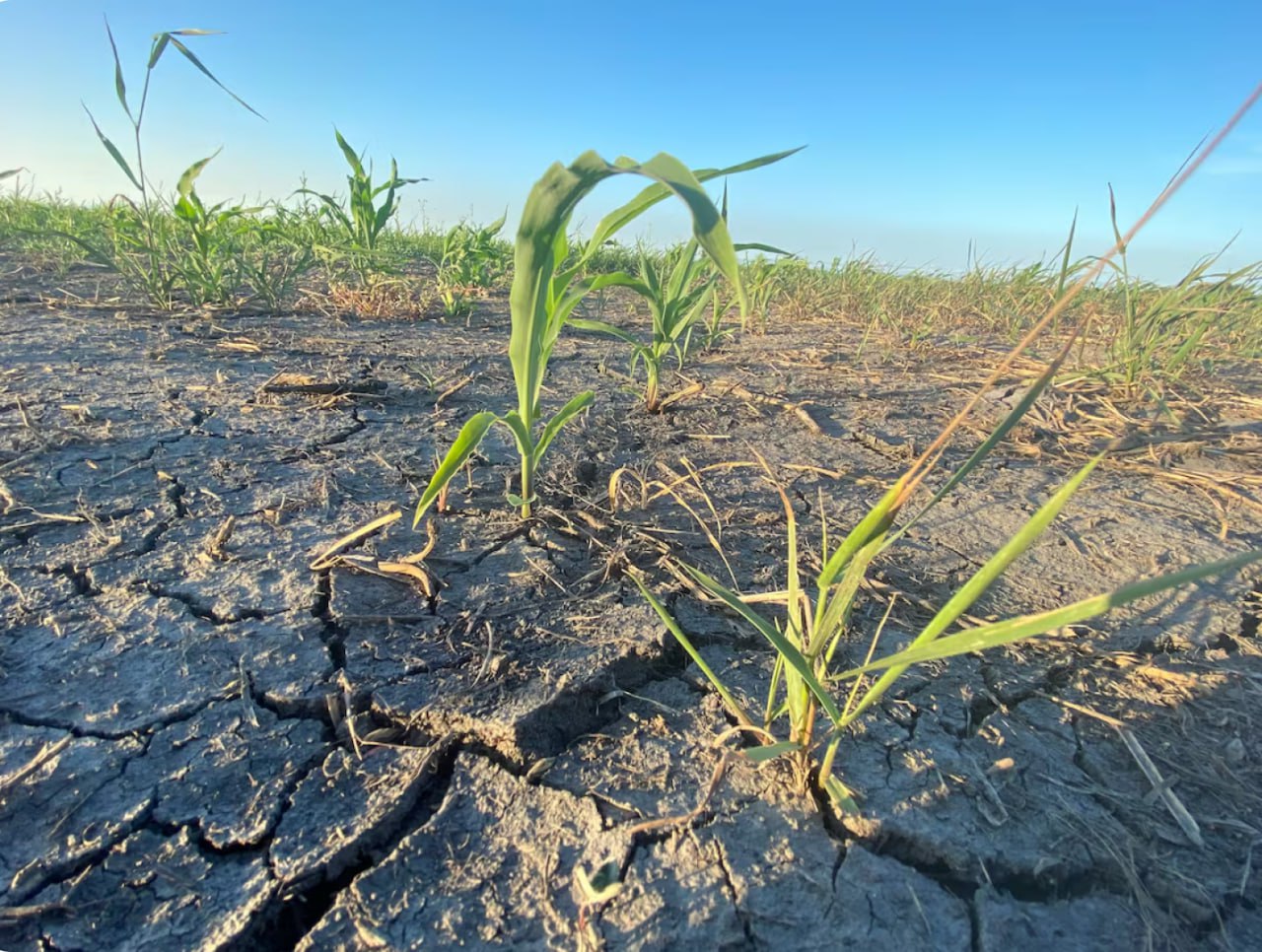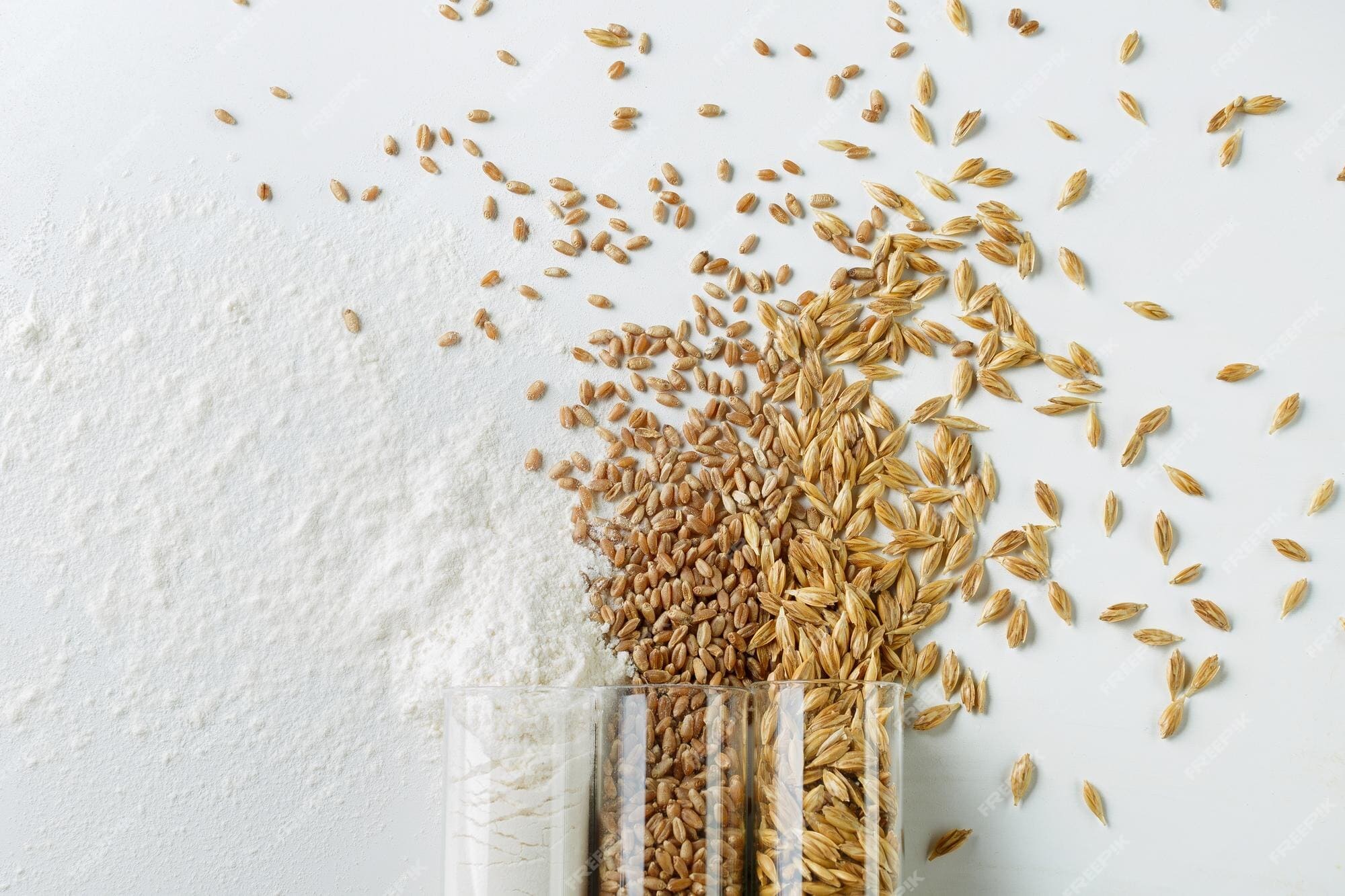Enzymes are well known for their ability to improve the quality of the flour, but what if they are added to the grain during the conditioning stage?
To make you already curious, we will give some numbers. Using GRAIN IMPROVERS enzymatic complex, you can increase the total yield by up to 2% as well as decrease ash content by 0.5-1%, and even rearrange the end flour flows to maximize the profit of your milling business.
As mills are often struggling with increasing the yield without also raising the ash content of the flour, the easiness of shell removal alongside residual dirt stuck to them makes flour cleaner and positively affects the yield in 2 ways:
1) Due to the use of GRAIN IMPROVERS the peripheral layer of the grain gets to the flour increasing the total yield by ~2%
2) Ash content is lowered by 0.05-0.1% and increased whiteness allows for rearrangement of the end flour flows so that ~15% more flour is ranked T55 and better types.
| Ash content, % | Decrease by 0.05-0.1% | Influenced by easy shells removal |
| Protein content, % | Increase by 0.5-1.0% | Influenced by a peripheral layer of the endosperm getting to the flower |
| Damaged starch, UCD | Increase by 3-8 UCD / Decrease by 5-10 UCD (Depending on your goal) | Influenced by endosperm being more evenly moistened so that gentler/harsher grinding can be applied to affect starch |
| Falling numbers, sec | Increase by 30-100 sec / Decrease by 30-150 sec (If necessary) | Influenced by the availability of starch to be affected by grain’s amylases |
| Gluten Index, % | Increase by 2-15% | Influenced by strong protein from the peripheral layer of the grain and possible gentler grinding modes |
|
|
||
| Water absorption, % min | Increase by 0.5-4% | Influenced by control over the particle distribution in flour and keeping the individual protein mesh surrounding starch granules intact |
| Development time, min | Optimization by 1-5 min (if necessary) | |
| Stability of dough, min | Increase by 1-7 min | |
| Degree of softening, FE | Decrease by 5-15 FE | |
|
|
||
| Deformation energy, W, sm2 | Increase by 20-80 sm2 | Influenced by making up for grain quality faults and damages. (Consult a local GI representative to choose the right formula) |
| Maximum overpressure, P (if higher than 100 mm) | Decrease by (if necessary) 10-50 mm | |
| Average abscissa to rupture, L (if lower than <50-70 mm) | Increase by (if necessary) 10-50 mm | |





